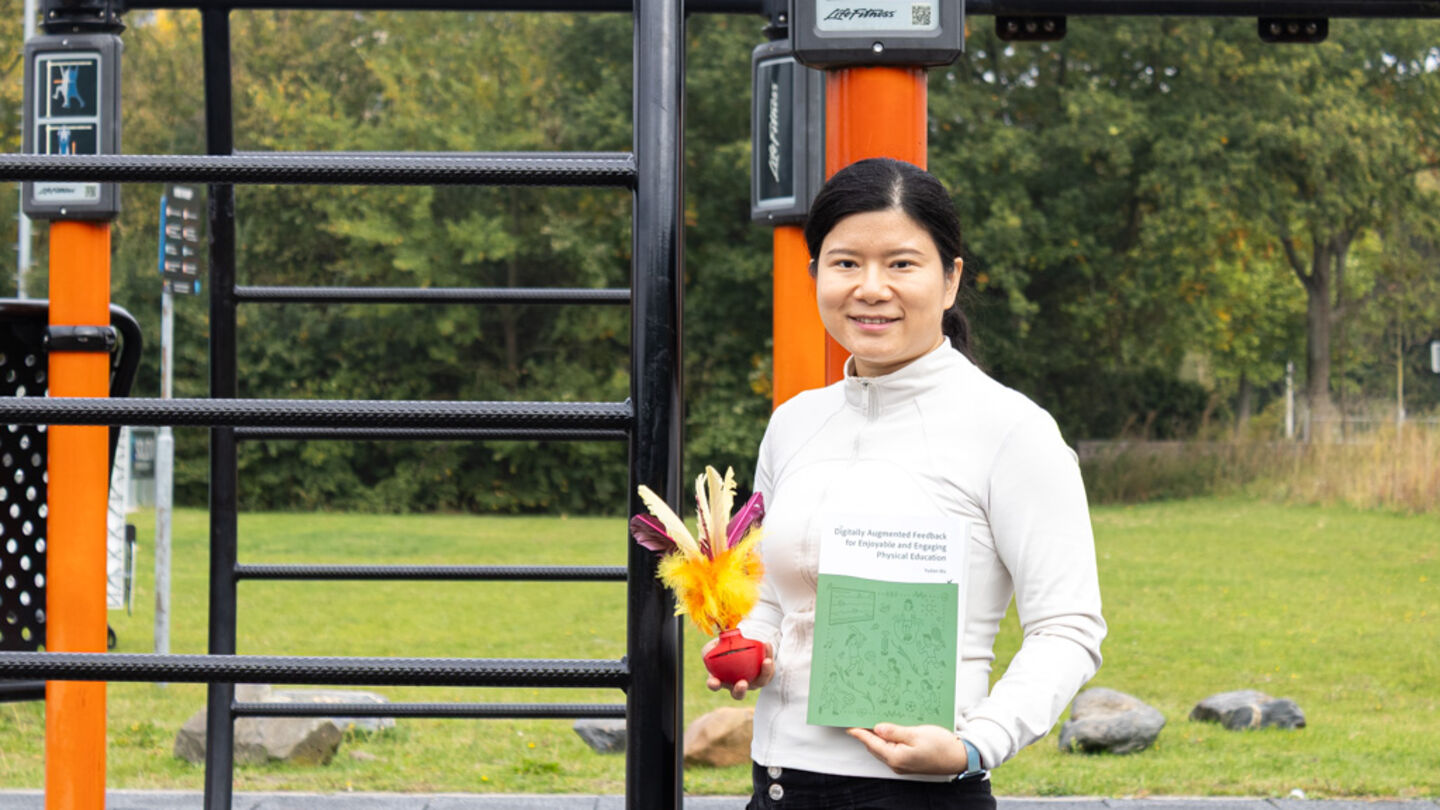
Homestretch | Making PE more fun with technology
From bird avatars to game sounds – how teens are enjoying movement more than ever
Physical activity is crucial for teenagers, yet many are not active enough. In her PhD research, Yudan Ma shows how digital technologies can make PE lessons more enjoyable and motivate teens to move more. She developed two interactive systems that provide playful feedback on movement and performance, helping teenagers have more fun, collaborate better, and boost their confidence.
“In my research, I try to find ways to make physical activity more enjoyable for teenagers – that’s the short-term goal. The final goal is to motivate them to be physically active and maintain a healthy lifestyle throughout their lifespan,” Yudan Ma says. “It’s not about training them to become elite athletes. It’s about engaging them so they become physically active adults in the future.”
She points out that the decreased physical activity of teens is a worldwide problem. According to the World Health Organization, 81% of teenagers aged 11 to 17 are less active than the recommended health guidelines, mainly due to excessive use of digital technology, which poses a major distraction. “Today’s teens often prefer staying at home, play video games, or scroll through social media,” Ma explains. Another goal is to promote social interaction and help them improve motor skills.
The gym as a laboratory
For her research, Ma explored ways to make physical education classes more enjoyable for teenagers. “We chose this because PE is the most common and accessible setting where all teenagers can play safely under teachers’ guidance while interacting with their peers,” she explains. “I also focus on teenagers because these years are a crucial turning point. Research shows that activity levels at this age often shape how active people remain for the rest of their lives.”
Originally from China, Ma knew very little about how PE classes are conducted in the Netherlands. “I started by contacting local secondary schools, and then I went there simply to observe how students move and play during lessons.” She noticed some differences between Dutch and Chinese approaches to PE. “In China, there is a much stronger focus on physical competence and results, like who crosses the finish line first or achieving the best time,” she says. “Here, the emphasis is more on individual progress over a given period. It’s about how much you have improved compared to where you started, rather than competing directly with your peers.” She tailored her research specifically to the Dutch education system, consulting with PE teachers along the way to align with learning goals and student needs.
Augmented feedback
Ma’s technologies are built around digitally augmented feedback – information about a person’s performance that comes from an external source, rather than from their own senses. This kind of feedback is often used in learning and training to help people improve their skills.
In her designs, Ma borrowed playful sounds from video games and linked them to physical activity. Her first system, Shuttlezap, is a collaborative game where students work together to keep a shuttle in the air. The game responds with cheerful audio cues when they score points and with negative feedback when they make mistakes, like letting the shuttle drop. There is also a neutral sound when the shuttle is simply flying. Results showed that teens had more fun, interacted better with each other, and were motivated by the instant feedback to keep moving.
The safe zone
The second system she developed, FitBirds, uses sensors worn on teenagers’ arms to measure their heart rates during a physical game. These data are then represented on a screen as bird avatars. “The higher the heart rate, the higher the bird flies on the screen,” Ma explains. But the goal isn’t to fly as high as possible – it’s to stay within a moderate-to-vigorous intensity range as recommended by the World Health Organization, which also represents the “safe zone” for birds to stay in the FitBirds game. “Too low is ineffective, but too high can be risky, especially if a teenager has underlying heart issues.”
During the activity, students can see exactly where their avatar is among five intensity levels. Staying in the “safe zone” – visualised as two blue cloud layers – earns points, while going too high or too low causes their bird to lose points – flying too high and getting burned by the sun, or too low to drop into the sea. “This way, they learn to recognize what the “safe zone" feels like instead of hearing an abstract concept,” Ma says. The goal is to improve physical literacy and teach teens to keep a moderate-to-vigorous intensity during physical activity through regulating their heart rate. Ma emphasizes that the amount of effort needed to reach the same intensity level varies greatly between individuals, as it is calibrated upon one’s resting heart rate and age. So it’s important they learn to recognize their own safe zone. “We hope they can carry that awareness with them throughout their lives.”
There is also a collaborative version of the game, designed to improve social interaction. In this mode, a group of players must control a flock of birds together. “If someone flies too high, that person needs to slow down, so the group must decide on a strategy. Because they share a common goal, they need to pay attention to each other’s behavior and negotiate.” Ma found that both the collaborative and competitive modes enhanced social engagement and learning competence, while the collaborative mode also boosted enjoyment and teamwork, and the competitive mode mainly improved physical competence in regulating vigorous intensity.
Different solutions
It’s harder to measure teens’ actual physical competence and fitness improvement through a short period of usage with these technology-based games. “Improving those motor skills takes time, so we would need a long-term study for that,” Ma says. But she believes her research demonstrates ways to use technology in PE to engage teenagers. She sees the two designs in her dissertation as examples rather than final solutions.
“But I do believe they point to a direction and possibilities worth exploring further.” She notes that while there are many technologies for professional sports and adult fitness, such as workout apps or smartwatches, few are customized for teenagers and physical education. “I hope, in the future, we can develop a whole ecosystem of solutions, so teachers can choose what fits their group and aligns with learning goals. Gathering data through the sensors would also allow them to track individual progress over time.”
A smart approach
Ma’s research shows that by applying the playful and gameful elements teens already enjoy on their phones – such as game sounds and interactive feedback – it’s possible to make physical activity more appealing. “If we can tap into what motivates them digitally and redirects it toward movement and healthy habits, we can help teenagers stay active, improve their skills, and enjoy PE in a new way,” she says. Her work demonstrates a smart approach: observe what teens find fun and use it to their benefit, turning technology from a distraction into a tool for engagement and lifelong health.
PhD in the picture
What is that on the cover of your dissertation?
“You see a representation of the two systems I developed, Shuttlezap and FitBirds. It imagines a future where teenagers can play with these smart tools and enjoy moving more. But the picture itself looks like an old-fashioned scene of children playing outside in the sun. It symbolizes how technology can be integrated into everyday life – when used in the right way, it doesn’t interfere but enhances our experiences.”
You’re at a birthday party. How do you explain your research in one sentence?
“I use technology to make PE classes more fun for teenagers, helping them develop a physically active and healthy lifestyle.”
How do you blow off steam outside of your research?
“I go swimming at the SSC. In the water, I can only focus on staying afloat, and I forget everything else. Afterwards, I appreciate even more that I can breathe normally, haha. I also enjoy gardening while listening to audiobooks.”
What tip would you have liked to receive as a beginning PhD candidate?
“Try to understand what it really means to be an independent researcher. At first, I kept asking my supervisors whether what I was doing was correct. But often, there are no right or wrong answers. You need to believe in your choices and support them with solid evidence.”
What is your next chapter?
“I’m still figuring that out, but I’d like to continue as user experience researcher, improving people’s experiences through technology.”

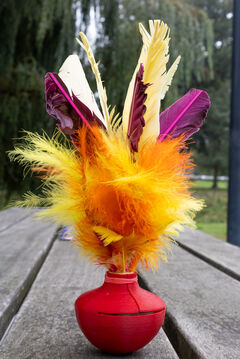
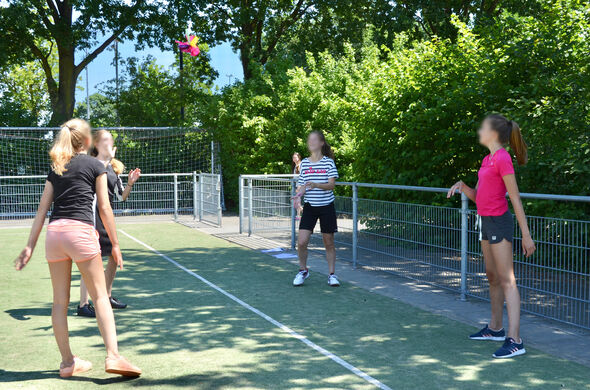
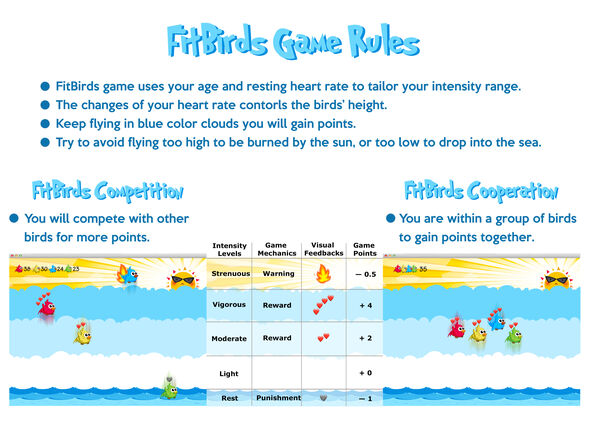
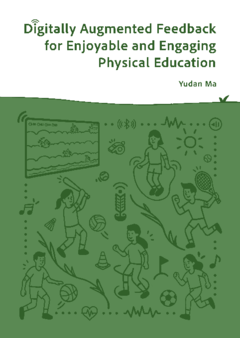
Discussion